For visitors to Capetown in South Africa, one of the things well worth seeing is the Kirstenbosch Gardens at the foot of Table Mountain.
A haven for Sunbirds
The gardens, and the adjoining nature reserve, have a colourful history (see foot of this page) and support a wide variety of indigenous animals, reptiles, frogs and invertebrates. More than 125 species of birds have been recorded at Kirstenbosch from Flycatchers to Eagle Owls but it was the prospect of seeing and photographing the exquisite Sunbirds that drew me there.
There are 132 species of sunbirds, and their close relatives spiderhunters, found from Africa through Southern Asia and into Northern Australia. They feed largely on nectar but will also take insects and spiders. In an example of convergent evolution, they have many characteristics associated with the hummingbirds of the Americas and honey-eaters of Australia. The curved bill is an adaption to nectar feeding on flowers and some species will hover, hummingbird like whilst feeding. The species which I got to observe was the Southern double-collared sunbird, Cinnyris chalybeus, which were attracted to a veritable banquet of proteas!
Slideshow presentation
Click below to view images as slideshow.

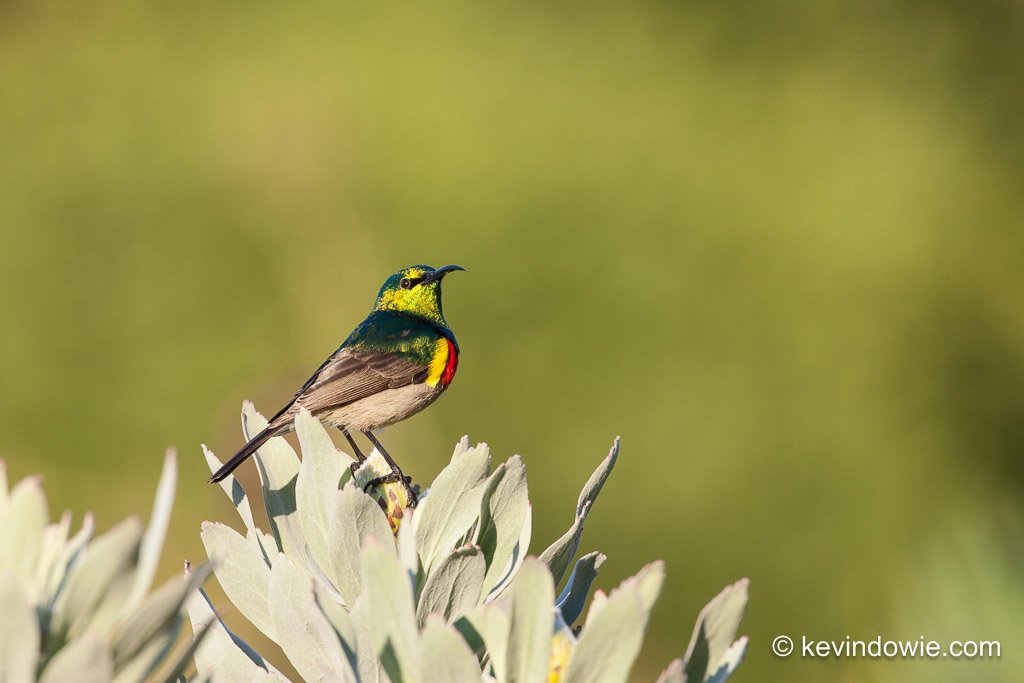

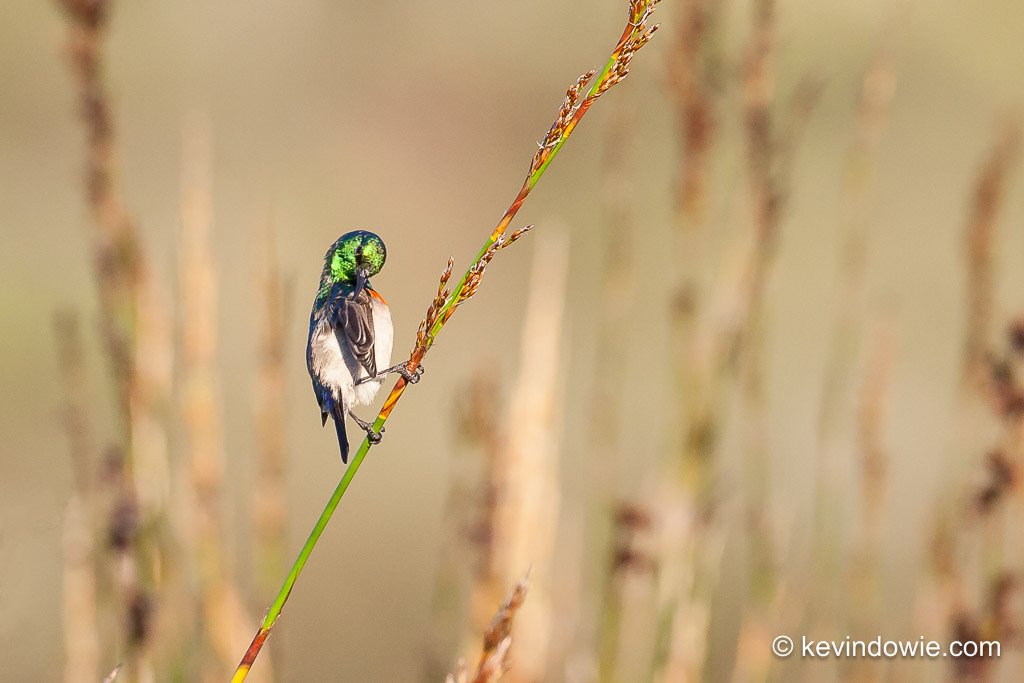


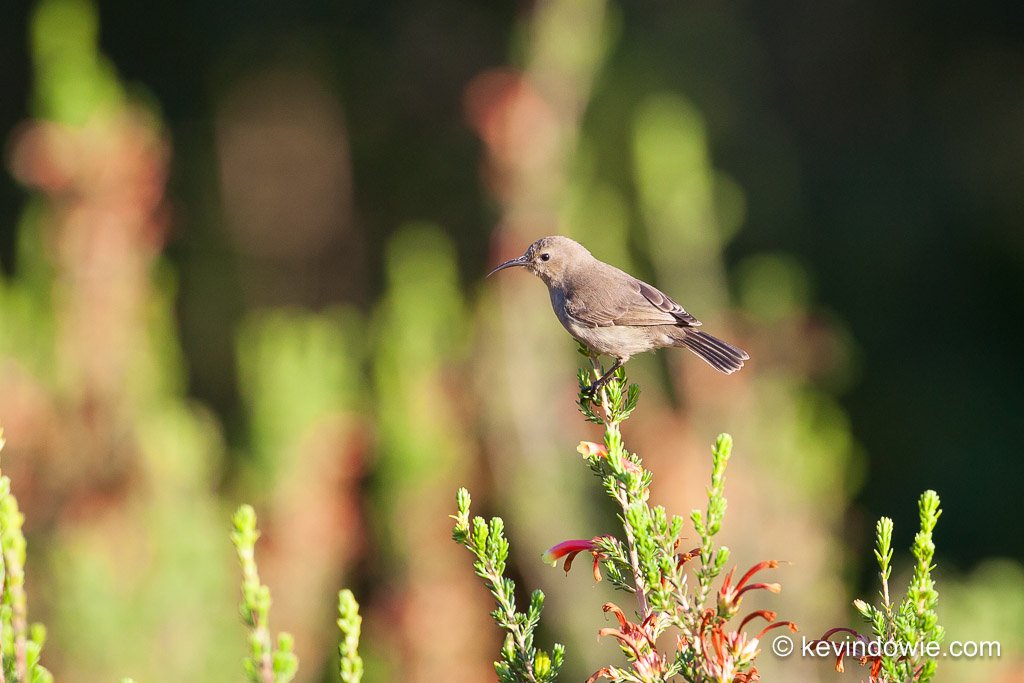







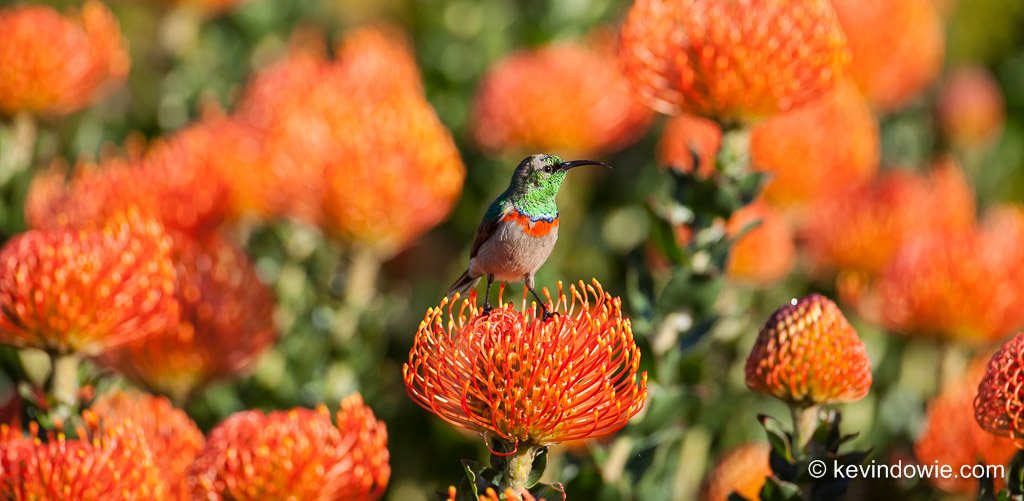

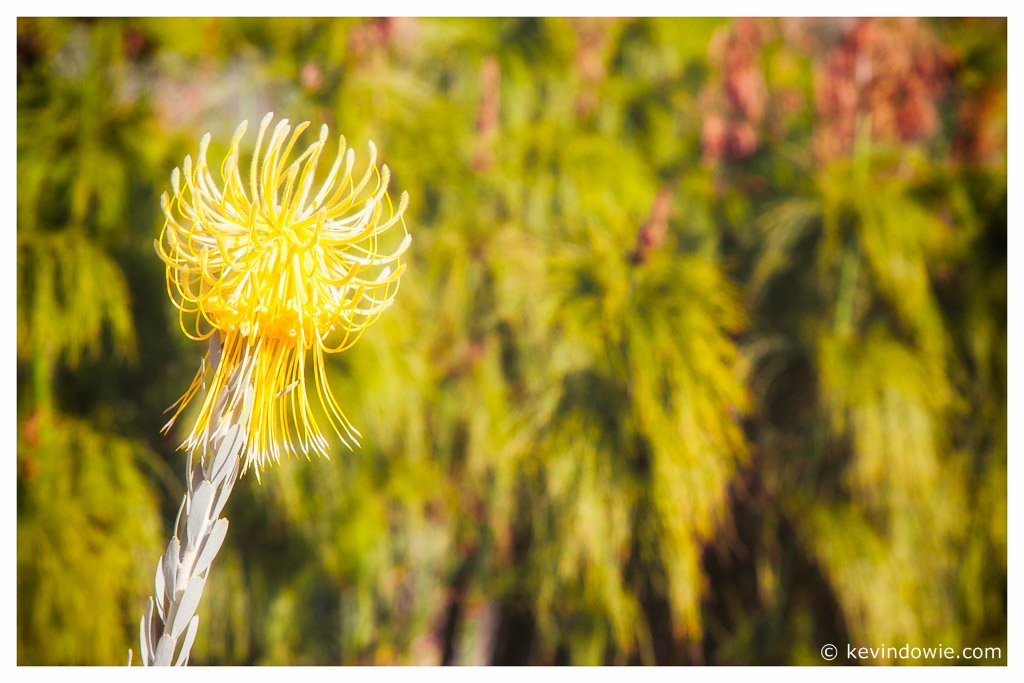

UNESCO World Heritage Site status
Kirstenbosch National Botanical Garden, to give it its full title, is widely regarded as one of the finest gardens in Africa and indeed one of the great botanic gardens of the world. Established in 1913, the garden covers 36 hectares with the remainder of the 528 hectare estate being maintained as a nature reserve supporting natural forest and a variety of animal species. The garden and accompanying reserve are part of the Cape Floristic Region and in 2004 was declared a UNESCO World Heritage Site, making it the first botanic garden in the world to be included within a natural World Heritage Site.
The History of Kirstenbosch:
Prior to its development as a garden, the area had a long and colourful history of human interaction dating back tens of thousands of years as evidenced by Stone Age hand-axes and stone implements that have been unearthed there. Europeans first sailed around the Cape of Good Hope in the late 15th Century, by which time the Khoikhoi people had been grazing cattle in the area for about 2000 years.
By the mid 17th Century the Dutch East India Company had set up a “refreshment station for passing ships” on the Cape with the settlement soon extending to the Kirstenbosch area and bringing the settlers into direct conflict with the native Khoikhoi. During 1659-60 the settlers built a defensive barrier of wooden fences, watchtowers and thorny hedges to protect the settlement. Parts of Van Riebeeck’s Hedge are still visible in Kirstenbosch today.
In 1895 Cecil Rhodes purchased Kirstenbosch, appointed a caretaker, and planted an avenue of Camphor trees and Moreton Bay Figs. Unfortunately, it appears that Cecil devoted most of his energies to the exploitation of Southern Africa’s people and resources with the result that the land was neglected, became rundown, and overrun by feral pigs.
Following Rhodes death in 1902, the land was bequeathed to the Government and administered by the Forestry Department falling further into neglect until the establishment of the gardens under the direction of botanist Henry Pearson. Pearson did more than anyone to create the gardens as they now exist and there is a memorial to him within the grounds.
Suggested further reading: http://www.sanbi.org/gardens/kirstenbosch
Subscribe
If you enjoy the content on this website and wish to be updated periodically, please consider subscribing to the newsletter.
Your information is never shared with other parties, see the Privacy Policy page for further explanation. ~KD

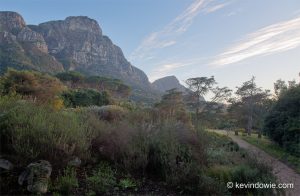






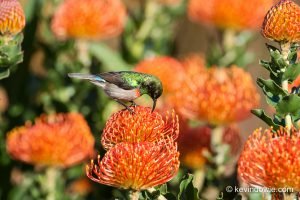



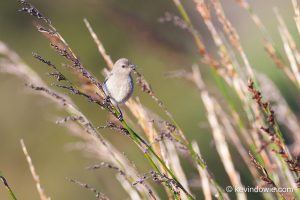
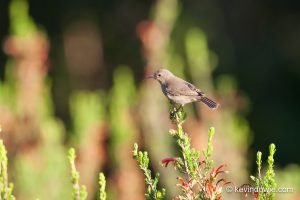
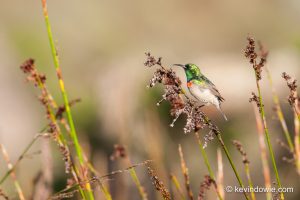


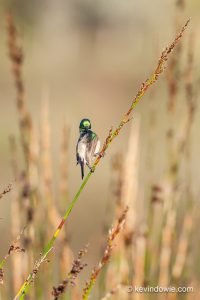
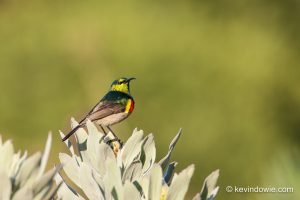
[…] tranquil when I visited. I timed my visit for the early morning as a brief stop on my way to Kirstenbosch Gardens, on reflection, I could have spent more time exploring the […]
[…] visit to Kirstenbosch Gardens in Capetown, South Africa, was worthwhile to photograph the sunbirds that abound there but also to enjoy the many proteas that they feed […]